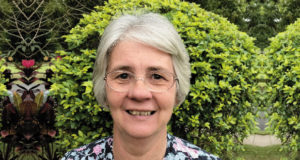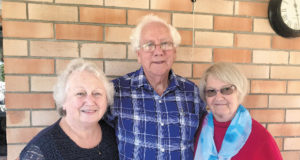I recently had the opportunity to join people from around the country at a Uniting Leaders event featuring Bishop Ric Thorpe (Church of England) and exploring the topic of church planting.
The story Ric shared throughout the day was one of the London Anglican Diocese setting an ambitious goal of planting 100 new churches over a five year period. They’re planting new churches of many different shapes and sizes—from small coffee-shop based communities of 25 people to large contemporary churches (and just about everything in between)—and also revitalising churches that are on their last legs.
Ric explored the culture necessary to establish church planting as a priority, follow the spirit into new ventures, develop leaders, listen carefully to local communities in which new churches would be established, and so on.
In a culture where something like 90 per cent of people are not active participants in local churches a huge population is there for the church to engage with the gospel message—and Ric’s view is that there could almost never be too many well executed attempts to plant churches.
Two other comments throughout the day particularly caught my attention.
The first? Every church was once planted! Church planting isn’t a new thing—it’s been our story since the days of the New Testament.
The second? Church planting shouldn’t just belong to the “evangelical” or “contemporary” parts of the church. There have been concerted attempts to develop a church-planting mindset right throughout the Church of England.
In our own context in Queensland, the opportunity to plant or revitalise churches continues to be before us. We already have recent church plants in Burleigh Heads, Ripley, Brisbane city, together with “slightly” older projects at Aura, Highfields and Coomera/Pacific Pines, and there’s a number of others in the pipeline.
We live in a state that has and will continue to see significant population growth—not only in greenfield areas such as Yarrabilba or Ripley—but in infill development bringing higher population density to inner-urban areas. Who will plant or revitalise churches in these places?
Churches we plant won’t (or shouldn’t) all look the same. They won’t (or shouldn’t) all be started with the same underpinning theology or come from the same sending church.
Planting churches is a task that belongs to all of us. We’ll need a culture that prioritises it, a sense of following the spirit, developing leaders, listening to the community, praying, planning, planting etc. This is the challenge before us.
What can you bring?
Scott Guyatt
 JourneyOnline
JourneyOnline







